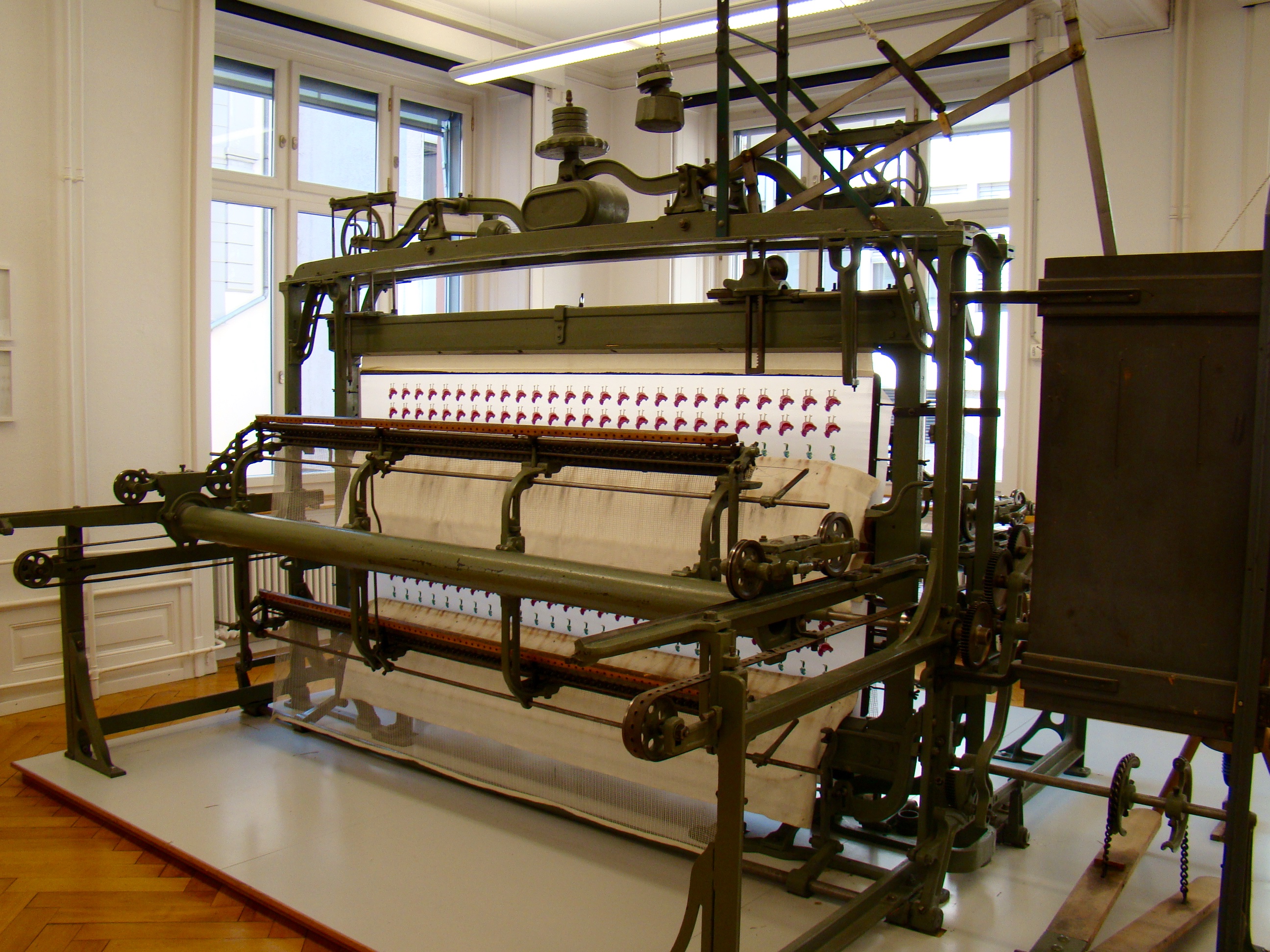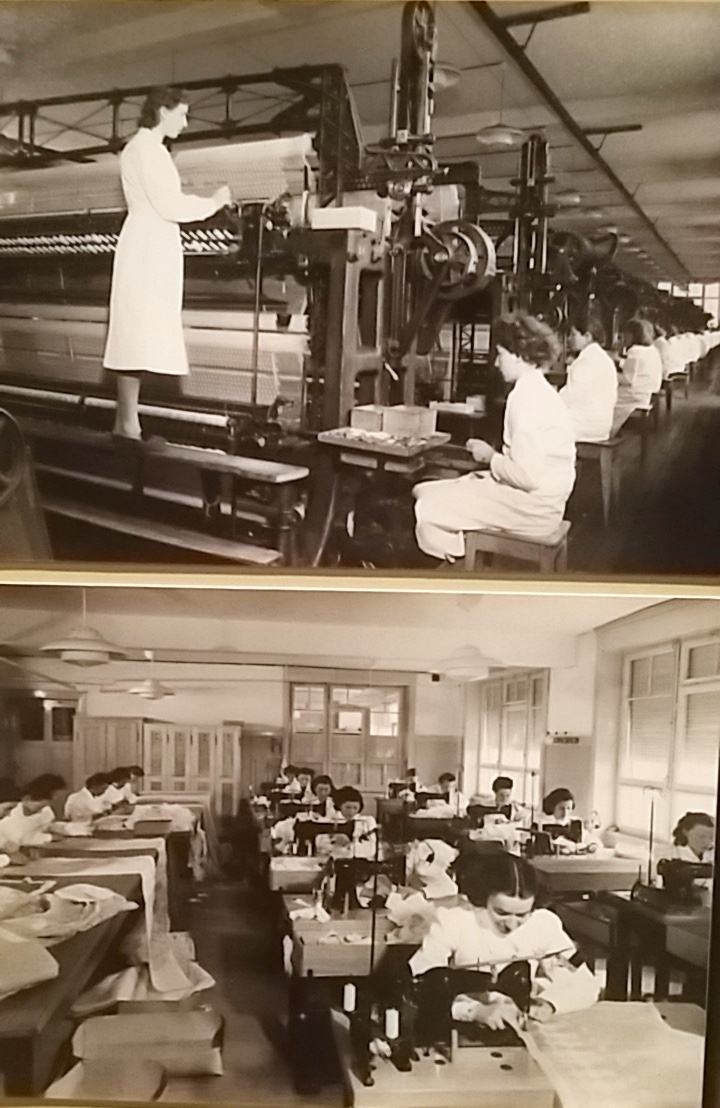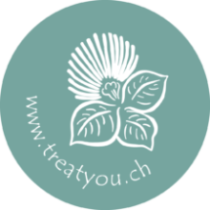OUR PAST
Durch den Import unserer Tücher aus der Türkei, habe ich mich auch für die Textilgeschichte der Schweiz interessiert. In Bezug auf dieses Thema gibt es aus unserer Vergangenheit auch Einiges zu berichten.
Je nach Region gab es verschiedene traditionelle Textilhandwerke und Produkte. Die Ostschweiz hat für ihre Stickerei weltweiten Ruhm erlangt.
The majority of information in this blog entry comes from my visit to the St. Gallen Textile Museum, which I highly recommend you to visit.


LINEN
In the Middle Ages between the 13 th and 18 th century, premium quality linen were produced in Eastern Switzerland and traded as high end luxury products, to North Africa, Russia and Turkey. The flax plant, from which linen is harvested on, can be grown extremely well in the region. The textile traders obtained great fame and fortune, where as the laborers, handcraft workers and farmers earned poorly and lived a financially insecure life.
COTTON
From 1730 onwards, cheaper African cotton steadily replaced the more expensive Swiss linen. As a consequence spinning raw cotton, thread making and weaving becomes progressively important for Eastern Switzerland.
From 1800 onwards, the first industrial thread companies were founded and machine and replaced the workers who spun and wove cotton by hand. Sometime around 1800, thanks to the textile industry, Switzerland became the country with the most industrial machines for all industries in continental Europe. The centre of mechanical thread production in Switzerland at that time was the Canton of Zurich.

EMBROIDERY
Die Stickerei wird als Handarbeit ab 1750 zur Veredelung der Baumwollstoffe angewendet und erlebt ihre erste Blüte. Ihr Erfolg beruht auf der Tradition, die Produktion in einzelne Schritte aufzuteilen (Spinnen, Weben, Besticken, Nachbehandeln). Durch die Erfindung der Stickmaschine erlebt die Ostschweizer Stickerei ab 1850 ihre goldenen Jahre bis zum ersten Weltkrieg 1914.


AUTOMATION
Durch das Einführen der automatischen Maschinen, erlebt das Metier einen grossen Wandel. Früher waren vor allem die Frauen für die Handstickerei zuständig; fortan werden die Stickmaschinen aber von den Männern bedient. Die Nebenarbeiten, das mühsame Einfädeln der Nadeln und Überwachen der Stickmaschinen ist den Frauen und Kindern zugeteilt. Um 1884 erfindet Viktor Kobler Stauder die Fädelmaschine. Durch die Industrialisierung entsteht eine neue Klasse der Fabrikarbeiter.
Auch nach der Einführung der Handstickmaschine bleibt die Heimarbeit weit verbreitet. Die Familien arbeiten täglich oft 14 Stunden oder länger. Die Kinderarbeit ist in der Textilindustrie sehr verbreitet . Teilweise müssen die Kinder bereits mit 6 Jahren im elterlichen Gewerbe mithelfen und Sticknadeln einfädeln oder fertig bestickte Stoffe ausschneiden.
NEW LAWS
1877 wird das eidgenössiche Fabrikgesetz verabschiedet. Der Arzt und Fabrikinspektor Fridolin Schuler trägt durch sein Engagement zu dessen Umsetzung bei. Es soll für die Verbesserung der Lebensbedingungen der Fabrikarbeiter sorgen. Es verbietet die Kinderarbeit in Fabriken vollständig, gilt aber nicht für die Heimarbeit.

THE CHANGING TIME AND TODAY
After the First World War, a fundamental shift in fashion occurred. Ornate designs and patterns were out of fashion and a functional clothing style became the new preferred look. A little more than 10 years later the 1929 world economic crisis began, the textile industry again suffered as a consequence. It was only after the Second World War, that the textile industry slowly recovered, but never managed to regain its former glory.
Embroidery producers in today’s modern times have focused their efforts towards prestige niche markets of haute couture, lingerie, or for the innovative fabrics needed for the medical, architectural or automobile industry.

A FEW PERSONAL THOUGHTS
Ich finde es interessant, dass es hierzulande noch nicht so lange her ist, seit wir in Heimarbeit Textilien hergestellt haben. Das können wir uns heutzutage kaum mehr vorstellen, da unsere Kleidung meist im Ausland produziert wird. Wir kennen die Arbeitsbedingungen auch kaum.
In Turkey I visited some families who still currently produce textiles in their small family home ateliers. These families rarely sell directly to an end buyer and mostly deal with “middle men” and earn very little money this way. Sometimes I ask myself whether this tradition in Turkey will also be just a memory of the past. Take a peak at my blog entry"Is Turkey losing its centuries-old weaving tradition?“
I am curious to see how this situation develops in Turkey’s future.



